Why should you choose roof fashion carefully?
Highlights
- In deciding whether to have a flat roof or pitched roof, one needs to answer the question, “Do you want to spend much now, or spend cumulatively much overtime?”
- Whether the flat roofed structure is more beautiful than a pitched roof structure is surely relative
By Avini Jimmy
Since time immemorial, fashion has chosen a dynamic path, and there is general sense in which people try to cope up with fashion mutations.
The revolutionalisation of the fashion codes are either in response to aesthetics or due to other external factors. But the adoption of these dynamic fashions is relative. While it is influenced by one factor from one part of the world, its adoption in another part of the world may totally be due to a different other factor(s) altogether.
Flat roof seems a new phenomenon in construction industry, and it has taken many developers off their feet as a wave.
In this article I seek to offer some lines of thought for you to inform your decision before you start harassing your Engineer or the Architect.
Cost of construction (Installation) Vs cost of repair and maintenance: Clearly the cost of constructing a pitched (commonly known as gable) roof is way higher than that of a flat (or hidden) roof.
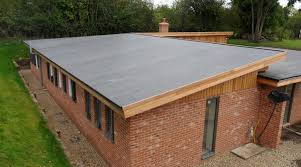
A Flat roof
This is because the material requirement in installing a pitched roof is high by considerable percentage compared to that required for the flat roof. The corresponding material cost juxta poses that for the labour.
Well, it is one thing setting up the roof in place, but it is another maintaining and repairing the roof. As the reverse gear may dictate, the cost of maintaining and repairing a flat roof is way higher than that for the pitched roof.
Even the frequency of the need for maintenance or repair dictates on the cumulative cost. Therefore, in deciding whether to have a flat roof or pitched roof, one needs to answer the question, “Do you want to spend much now, or spend cumulatively much overtime?”
Susceptibility to damages and leakages: One of the most stubborn roof settings are the flat roofs. They are seemingly simple to construct but technically difficult. The main purpose of a roof is to keep the voids (rooms) below away from the adverse conditions of weather.
In other words, it is the ultimate shading to the rooms; keeping the rooms dry during rainy season, and cool when the sun chooses to misbehave. It is the last line of defence vertically. In performing the former function, the flat roof is even itself worried.
But the reverse is true when the force of damage is an external force like strong winds, tornado, tsunami, hurricane among others. Here, our friend the pitched roof lives at the mercy of strength.
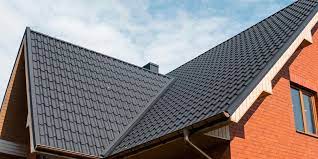
A pitched/gabble roof
Since the flat roof is mostly hidden in those parapet walls, the wind finds it difficult to lift, unless it exerts a suction pressure (negative pressure). That is why, when a stormy rain comes (in our case here), schools, churches, stores etc begin getting worried. The solution to all these is only to have a trusted Engineer or a trusted roof constructor.
Aesthetics: Whether the flat roofed structure is more beautiful than a pitched roof structure is surely relative. As we know, “beauty lies in the eyes of the beholder”. What is good for Greeks may not necessarily be good to the Romans.
Structural essence: Technically, a structure is made lighter with ascension (with height). This means, as the structure grows taller, it should be getting lighter, unless intended for retention. But in the case our houses, it should be getting lighter with height. This helps to reduce stresses on the foundation.
In this respect therefore, the flat roof passes the Engineering test (again, depending on the material used). If the flat roof is out of concrete, which in most cases is solid slab, then, this notion is disqualified.
If we are comparing the roof types based on the same materials, then, our friend “flat roof” is the champion here. Again, your trusted Engineer or roof constructor will deliver you to the promised land.
Volume of water harvested: In circumstances where the roof is primarily meant for rainwater harvest, the pitched roof takes the day. Clearly, pitched roof offers more surface area for water harvest than the flat roof. Since in rainwater harvest the surface area is a major variable, its maximisation increases the yield.
From our formula, MRC = A*MC*CF
Where, MRC = Monthly Rainfall Collection (M3),
A = Catchment Area (M2),
MC = Monthly Rainfall (M3),
CF = Collection factor,
Clearly, the major variable here, free from the natural dictation is the Catchment Area, which is the surface area of the roof.
Ease of diagnosis: In a circumstance where the defects to the roof have to be diagnosed, it is easier inspecting the pitched roof than the flats roofs. Visual inspection is more possible for the pitched roofs than for the flat roofs. The inspection on a flat roof is potentially a source of damage.
Dear reader, your reason for choosing the roof type of your wish may totally be different from the above listed. Your justification for the preference should not be limited to what I have tried to provide here above.
Your Engineer will be instrumental for you in making this critical decision. Just ensure you have confidence in your Engineer; remember this comes with knowledge, experience and expertise.
Editor: We provide you these two links of Jimy’s articles to help you systematically follow the construction antics for proper construction work.
Are hoop irons necessary in walls? – West Nile Press and secondly, Do you remember that leaking water on your walls? here is why you should not struggle – West Nile Press
The writer is a Civil Engineer
Avini Jimmy
+256 782 720 720



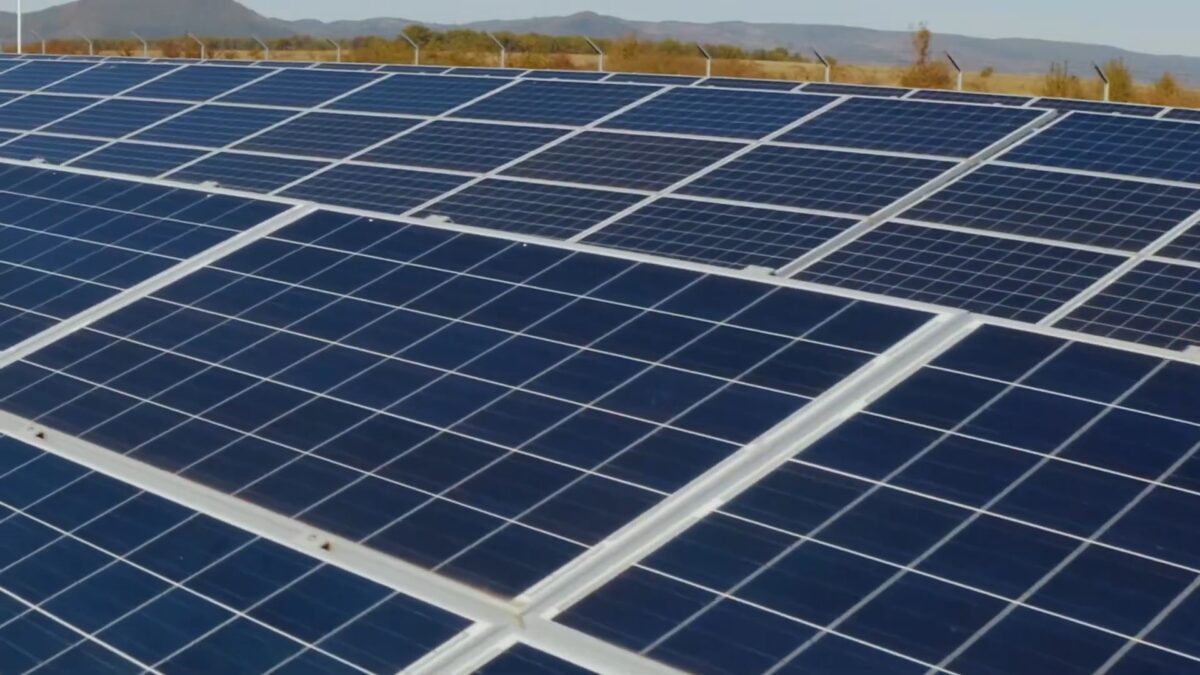





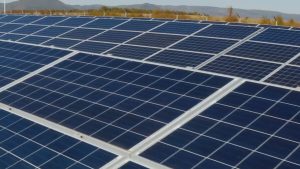

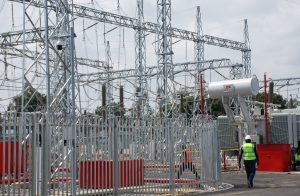


2 comments